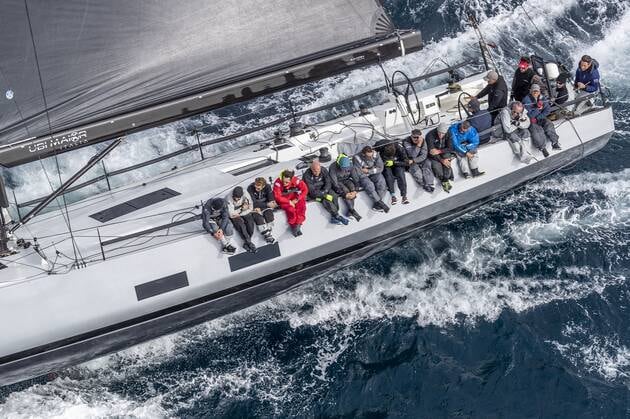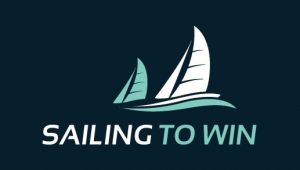

Crew Assignments
On a single-handed boat you steer, trim sails, watch the instruments, read the compass, track the fleet, call the tactics and attend to a myriad of other responsibilities to get you around the course as fast as possible.
Two Person Boat – Crew Assignments
When there is two or more crew on a boat it is important that each sailor’s roles and responsibilities are clearly defined and understood.
On championship two-person boats, the driver steers and the crew does tactics. On a three-person crew, the forward crew and helmsman focus on trim, while the middle crew handles tactics and so the responsibilities get divided up as the team size grows.
Crew assignments should be based on the number, skill, experience, and interest of your crew. Each crew position should have clearly defined responsibilities during each maneuver, and maneuvers should be executed the same way each time.
In a perfect world, you would have the same people in the same position for every race but unfortunately, that is not always possible. In larger crewed boats you should work toward a nucleus you can count on. Pair new or less experienced crew with a regular crew member.
The key to developing good crew work is practice, it’s simply impossible to train crew during a race and you must practice winning, there is no other way.
Go through maneuvers one at a time: tacks, gybes, sets, douses, reefs, sail changes, plus straight line trim and speed and then debrief after each training session to answer any queries that crew mates may have.
Large Fully Crewed Boat
In a large fully crewed boat another effective practice tool is rotating crew positions. When you switch places, each will understand better what is going on. This enables them to anticipate the other’s needs during a race.
Similarly, trimmers and drivers who trade places will better understand how they impact each other.
Don’t discount changing places occasionally in a one-design, two or three-person racing boat either. There is nothing like sailing in a different role on the boat occasionally to understand what is required. You now know how easy or difficult the task of the other athlete is.
Find a tuning partner once you are happy that your crew roles and responsibilities are established. Sail parallel courses to work on boat speed, and use cat-and-mouse drills to improve boat handling. Next engage in short match races to add competitive fervour.
The difficulty of boat handling increases with increases in the wind speed. Keep practicing until you are confident in all conditions.
Try to refine your techniques to reduce crew movement but pay attention to weight placement. This can be either fore and aft to reduce drag or across the boat which affects the heel. In many designs, the heel affects waterline length and thus boat speed.
In most one-design dinghies excessive heel creates drag and the boats must be sailed flat for optimum performance.

